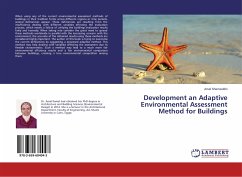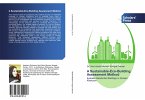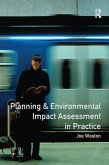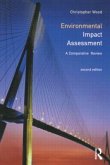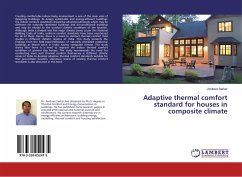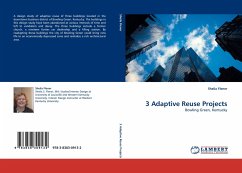When using any of the current environmental assessment methods of buildings in their tradition forms across different regions or time periods, several deficiencies appear. These deficiencies are resulting from the insufficiency dealing with different variables affecting the evaluation process, which means a failure of unifying the buildings evaluation results fairly and honestly. When taking into consider the great need to spread these methods worldwide in parallel with the increasing concern with the environment, the accurate of the obtained results using these methods are considered highly important. The author of this book is trying to overcome the current deficiencies by suggesting a proposed adaptive method. This method may help dealing with variables affecting the assessment due its flexible characteristics. Such a method may lead to a much more fair environmental efficiency results and a fair environmental comparison between buildings, creating a true environmental competition among them.

